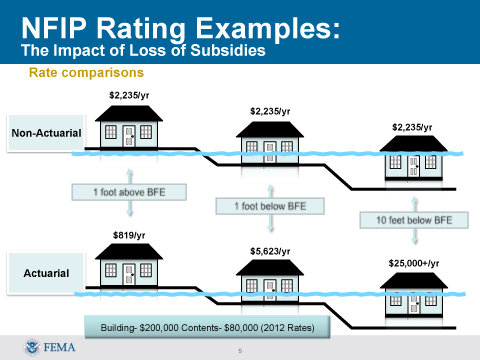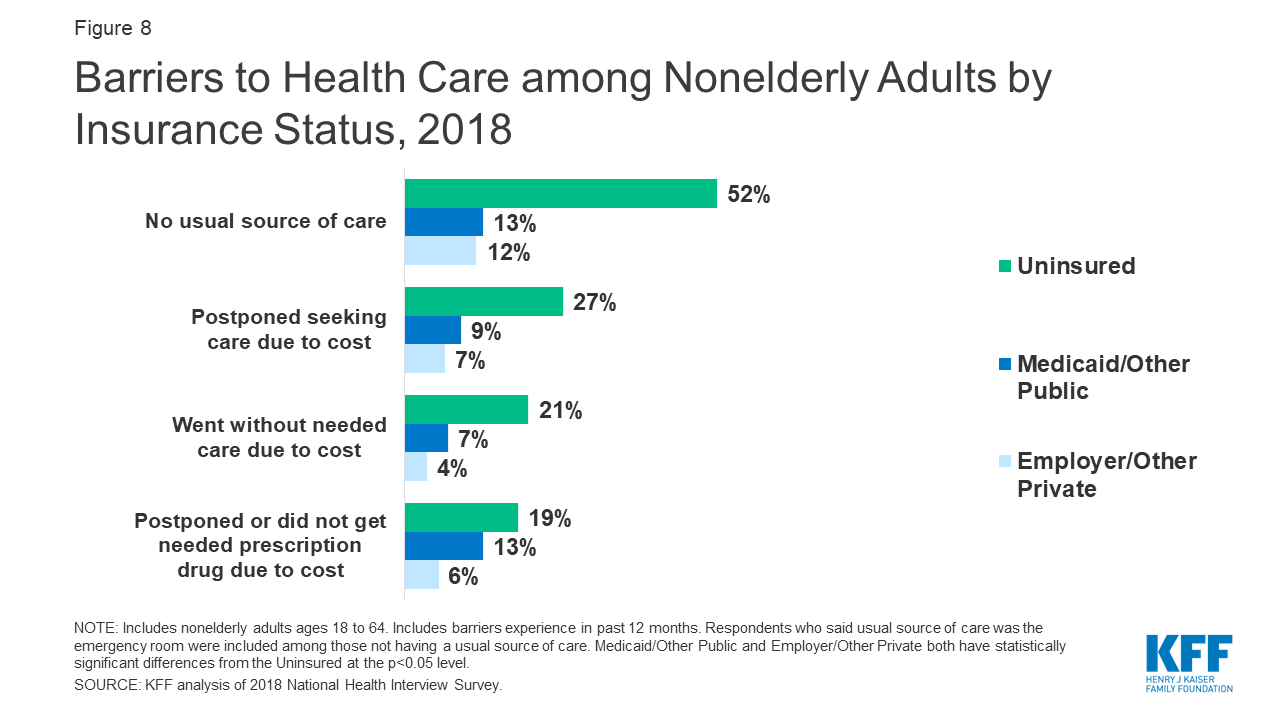As an outcome, greater deductible plans will typically have lower premiums. Till these deductibles are met you are successfully not getting any of the cost-sharing advantages of having coverage. Comprehending this tradeoff is important in how you pick a plan. The deductible structure of a medical insurance plan is essential in deciding which prepare you select because it dictates when the carrier begins to really pay.
If you have non-trivial and recurring health care expenditures choosing a deductible lower than the amount you invest is usually a great option. This ensures that you will meet the requirements required for the insurance coverage company to provide advantages. The greater your expenses exceed the deductible the higher proportion of the expenses will be borne by the insurer.
For those people with low anticipated healthcare expenditures, a more affordable plan with a greater deductible can make more sense. This reduces your guaranteed expense costs by lowering the premiums you pay on a monthly basis. The only thing to think about is when selecting a strategy https://www.liveinternet.ru/users/brenda80p2/post479694406/ is whether or not you have the monetary methods to cover the required deductible must an incident happen. how much does life insurance cost.
It is really essential for families that have multiple family members covered under the very same plan to comprehend how these 2 values determine their cost-sharing benefits. Beginning in 2016, deductibles for insurance coverage plans will become "ingrained." For each household, the medical insurance company will track the total quantity paid in deductibles for the whole household as well as the amount paid toward deductibles for the care of each person in that household.
If any relative fulfills the quantity set by the individual deductible, then the business will meet the cost-sharing advantages for that private and that individual only for the remainder of the year. If the household as a whole meets the quantity set by the family deductible then the household will start paying toward expenses for every single family member for the remainder of the year.
Many plans divided out prescription-related costs into their own deductible classification. In such cases, a prescription deductible exists and is tallied individually from all other medical care. Insurance policy holders for such plans will be required to pay for medication up to the quantity defined before the strategy covers these expenses. For plans where a prescription deductible is not defined, cost-sharing for medication will not start to work till these requirements are met.
All about Why Is My Car Insurance So High
Strategies with an Rx deductible make it easier for somebody with high prescription expenses to begin receiving the cost-sharing benefits used by the policy. While most cost-sharing benefits just begin as soon as the deductibles have been fulfilled, health insurance can and do make a few exceptions where copays enter impact in advance.

Other exceptions to deductibles provided by plans consist of: Copays on a set read more variety of visits to medical care physicians. Lots of catastrophic and high deductible plans will allow clients to pay a low copay for PCP visits even before deductibles are fulfilled. A variety of strategies provide to 3 visits to the PCP for a copay - how much does home insurance cost.
High deductible health insurance (HDHPs) can be a choice if you're trying to find medical insurance with low premiums. Those lower premiums feature higher deductibles and out-of-pocket costs, however. So, you wind up paying more for healthcare services if you require it. Hide An HDHP is an alternative if you desire to pay lower premiums and comprehend you'll pay more for health care services.
A high-deductible strategy has an optimum of $7,000 for in-network out-of-pocket costs for single coverage and $14,000 for family coverage. Those costs include deductibles, copays and coinsurance. Single coverageFamily coverageMinimum deductible$1,400$2,800 Optimum in-network out-of-pocket expenses$7,000$14,000 So, let's state you have a deductible of $3,000. You have actually not used your prepare for the year and you require a treatment that costs $4,000.
Then your coinsurance begins after $3,000. Coinsurance is the portion of the health expense you should pay after you reach your deductible. It's frequently 20% or 30%. The health insurance gets the rest. Millions have a high-deductible health insurance, however a brand-new Insure. com study found that lots of sign up for an HDHP due to the fact that their employer does not provide a choice.

43% said it was more affordable. This was up from 33% in 2019. 27% stated they didn't have an option and their company just provided an HDHP. The results was nearly identical to 2019 (28%). Companies and health insurance companies have significantly turned to high deductible strategies as a way to bend the cost curve.
The Only Guide for How Does Whole Life Insurance Work
HDHPs are 2nd just to preferred company organization (PPO) plans. Forty-seven percent of members in employer-sponsored plans have a PPO.HDHP fans state these plans provide individuals "skin in the game." In other words, they'll be more participated in their Additional info healthcare, prevent unnecessary care and minimize expenses if they need to pay more for services.
Nevertheless, our Insure survey found that the huge bulk of individuals with a high deductible plan haven't seen lower health care costs. Forty-six percent of people surveyed said their expenses increased and 41% said they remained the exact same - what is gap insurance and what does it cover. A simple 13% stated their expenses decreased. These findings were almost identical to 2019's outcomes when 46% said expenses increased, 32% stated they remained the very same and 11% said they reduced.
The Insure. com survey found that issue is a truth. Nearly half of individuals with an HDHP said they've delayed care since of expense: 40% said they put off care. This was down from 56% in 2019. 55% stated they haven't postponed care. 5% weren't sure. That's an issue not simply for the strategy members, however the company and health insurance company, too.
Another issue is that people with high-deductible plans typically state their strategies aren't educating them to enhance health care decisions. High-deductible health insurance were once commonly called consumer-directed health plans (how much does long term care insurance cost). A crucial piece of those plans is educating patients to help them end up being much better healthcare customers. Forty-three percent in the survey stated they feel like a much better health care consumer because of their plan, which is a slight boost from 39% in 2019.
The typical deductible for HDHPs is $2,303 for a single strategy, a small decrease from 2019, according to Kaiser Household Structure. Guarantee. com discovered that respondents' single plan deductibles are usually in between $1,701 and $4,000. That's well above the $1,400 threshold for a strategy to be thought about high deductible. Here are what the study participants stated single protection deductibles are: In between $1,701 and $2,499-- 33%$2,500-$4,000-- 26%More than $4,000-- 16%Less than $1,700-- 11%Kaiser Family Structure said the average HDHP yearly deductible for family protection is $4,552 for high-deductible employer-based plans in 2020.